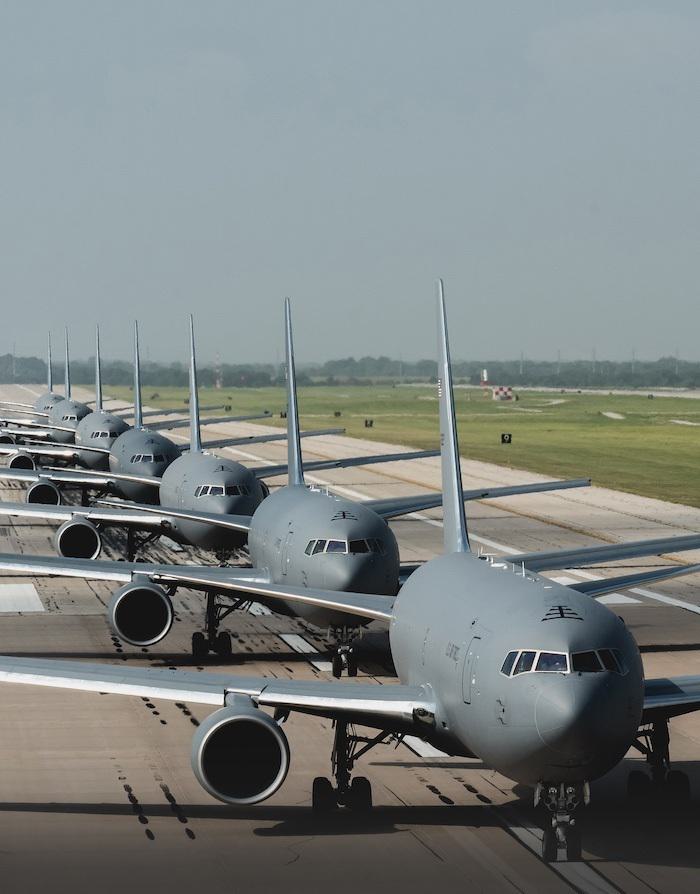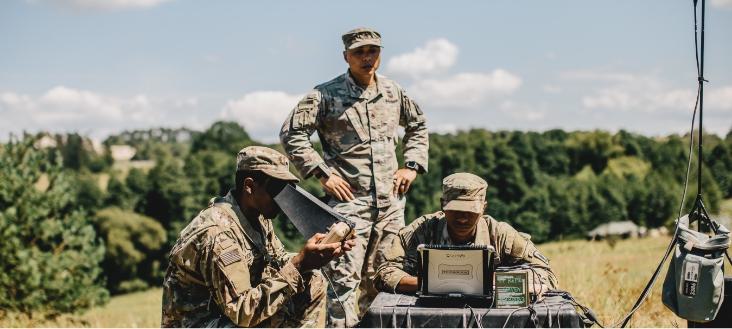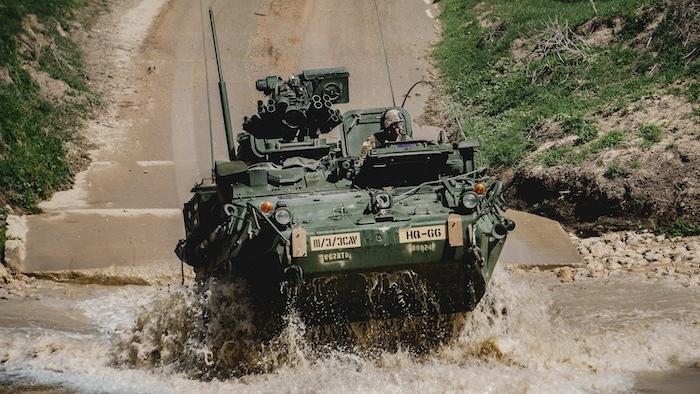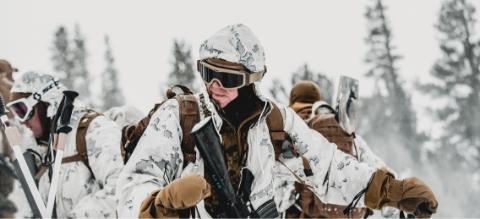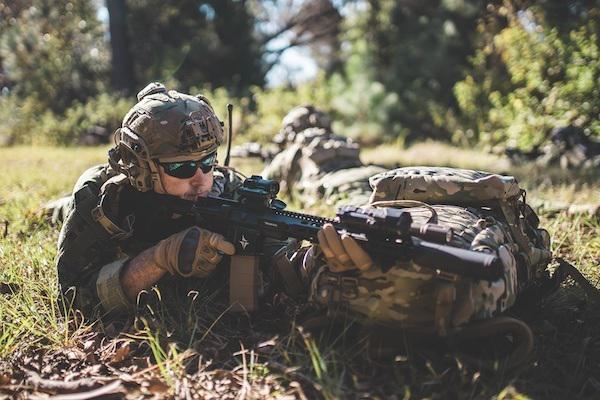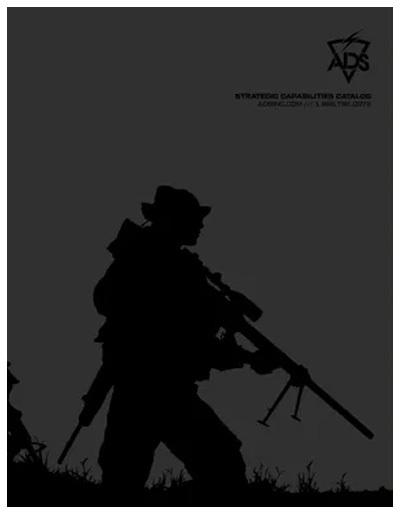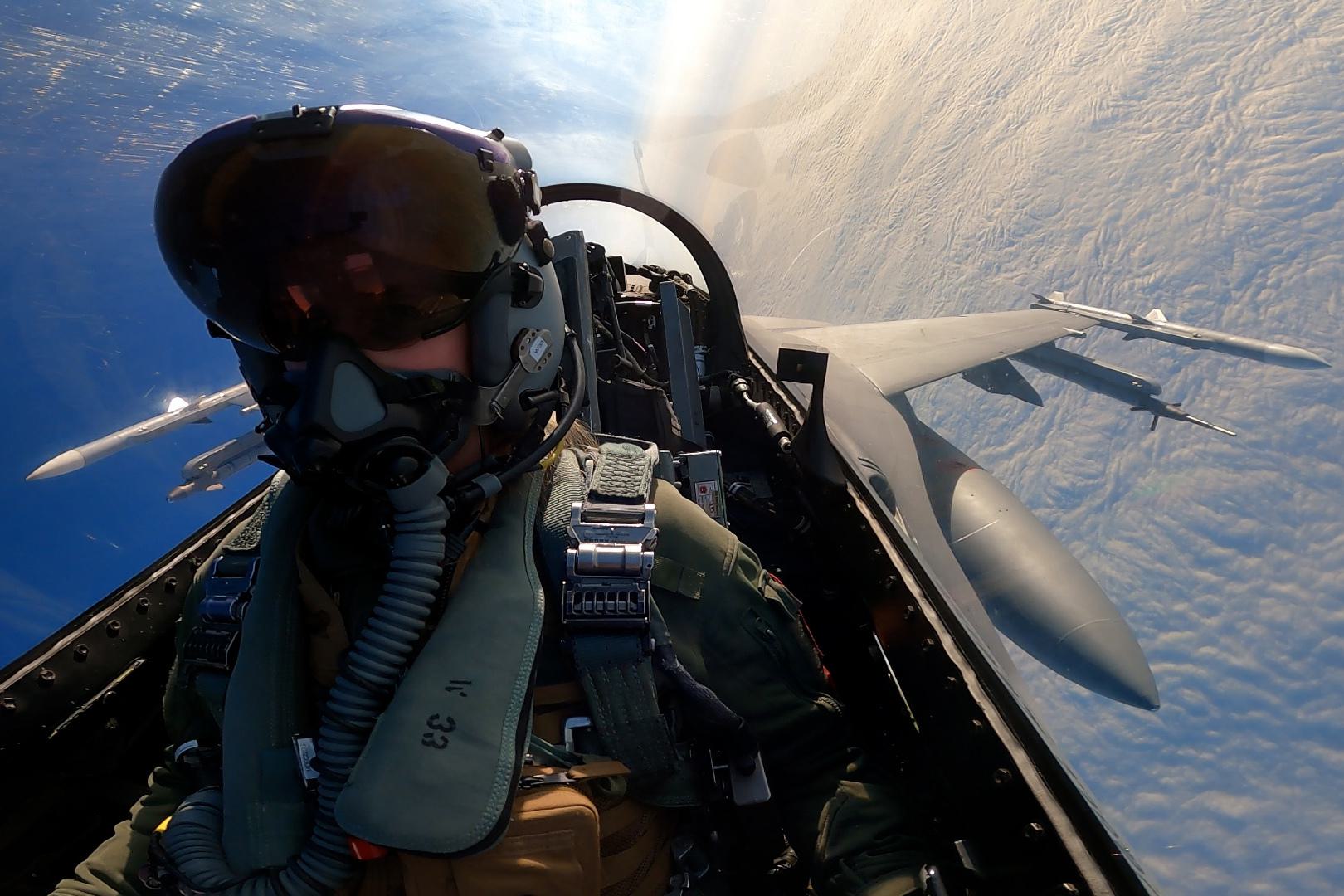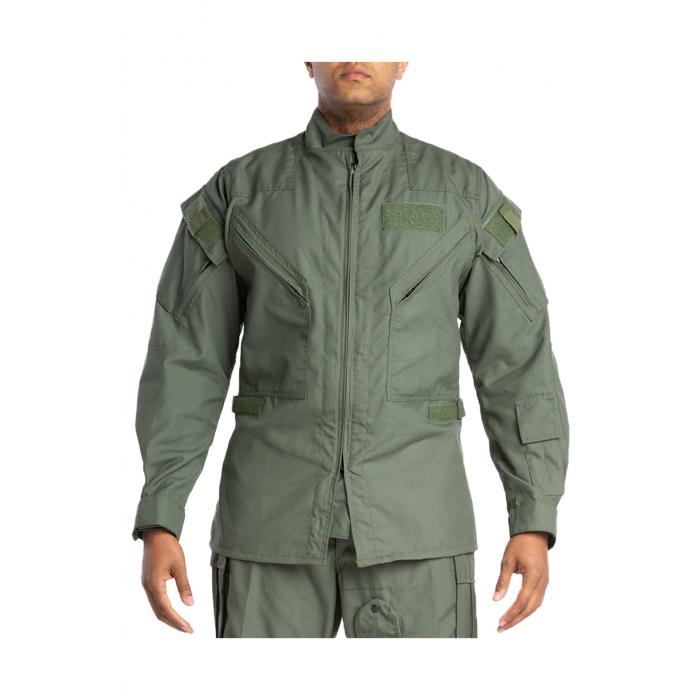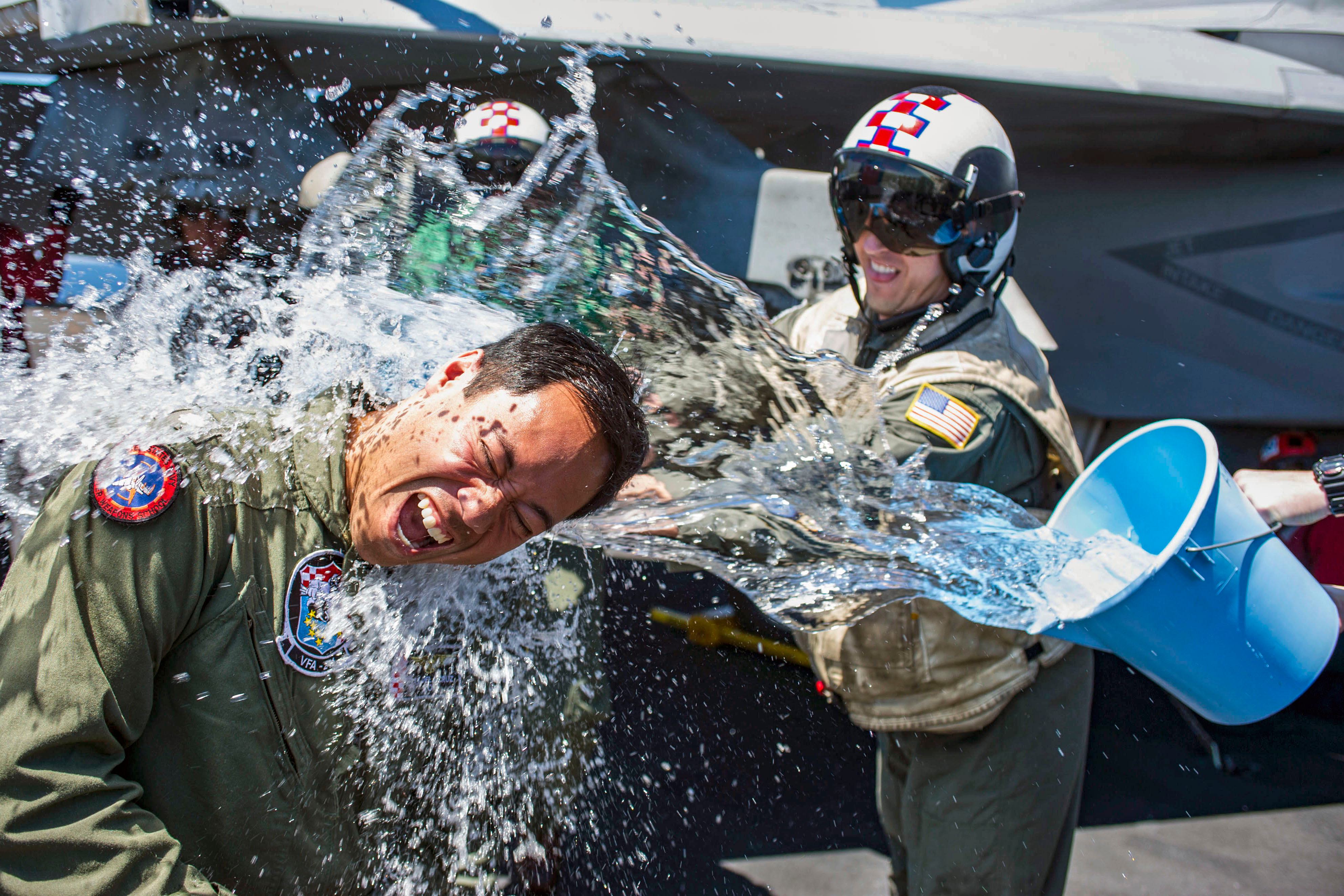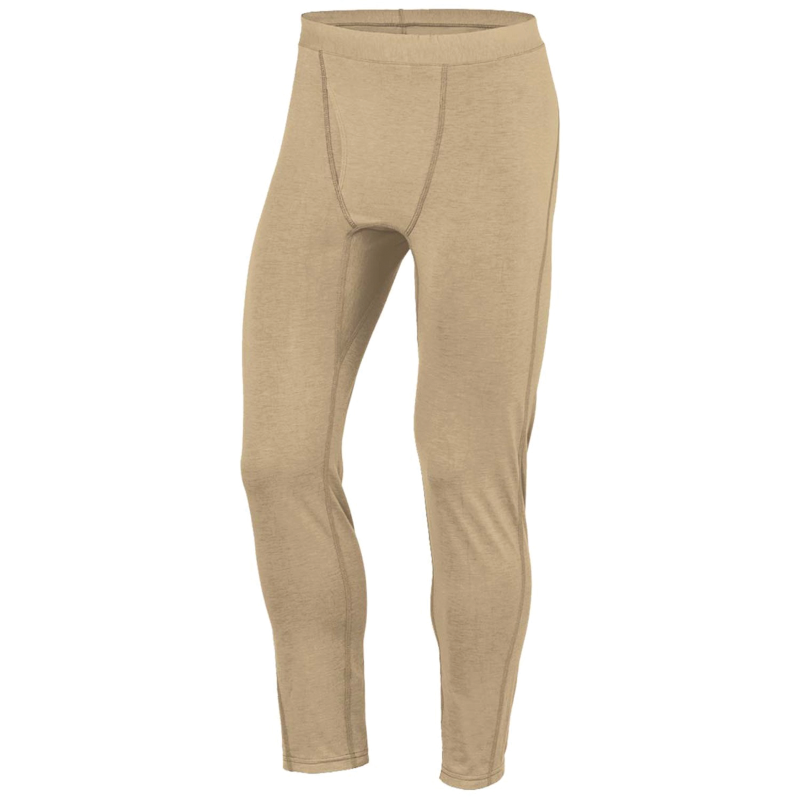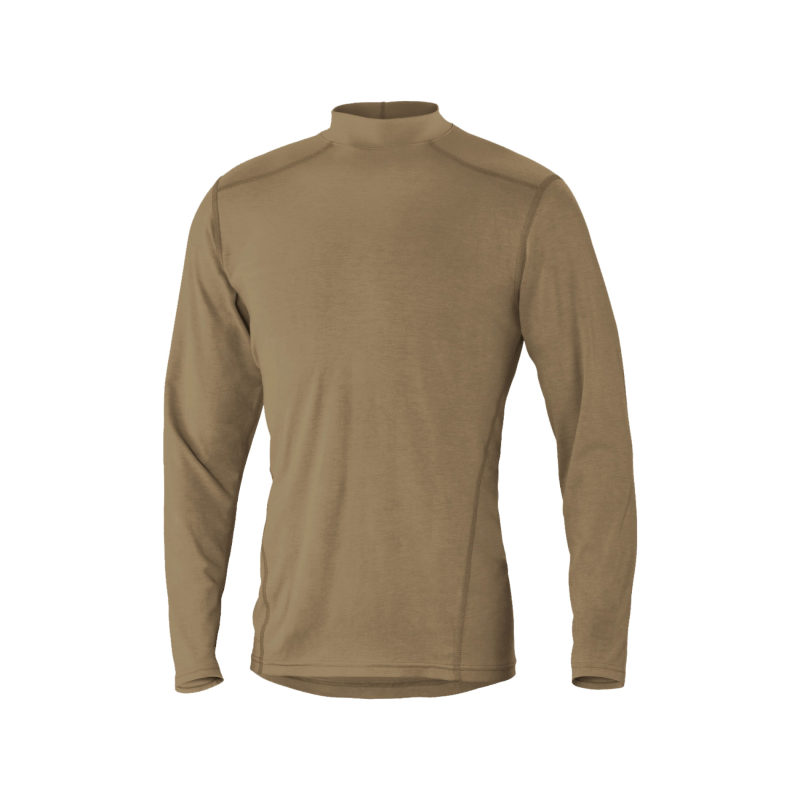Why Do Pilots Wear Jumpsuits?
The reason military pilots wear jumpsuits is they regulate body temperature and keep moisture out. Wearing a jumpsuit prevents excessive sweating and freezing, which facilitates superior focus for all tasks at hand. Jumpsuits are especially helpful in cold climates where the outside temperature can dip below -40 degrees Fahrenheit.
When outside temperatures drop, the temperature inside the aircraft is also likely to drop, which can cause condensation on the exterior of the aircraft. Condensation can leak inside, which may affect soldiers’ ability to operate tools and command centers. With flight suits, however, staying dry and nimble is no longer a concern.

